Biographie
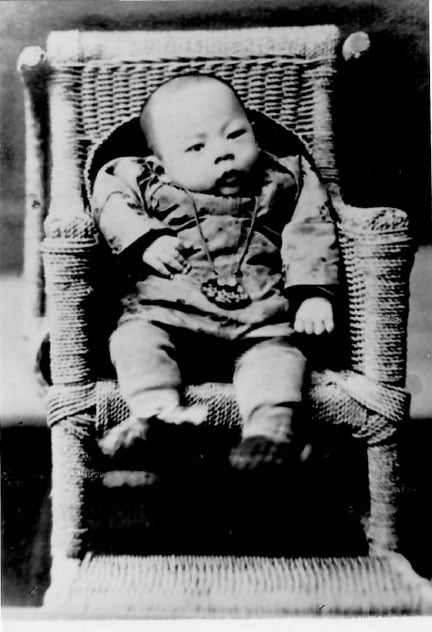
1920
1930
1935

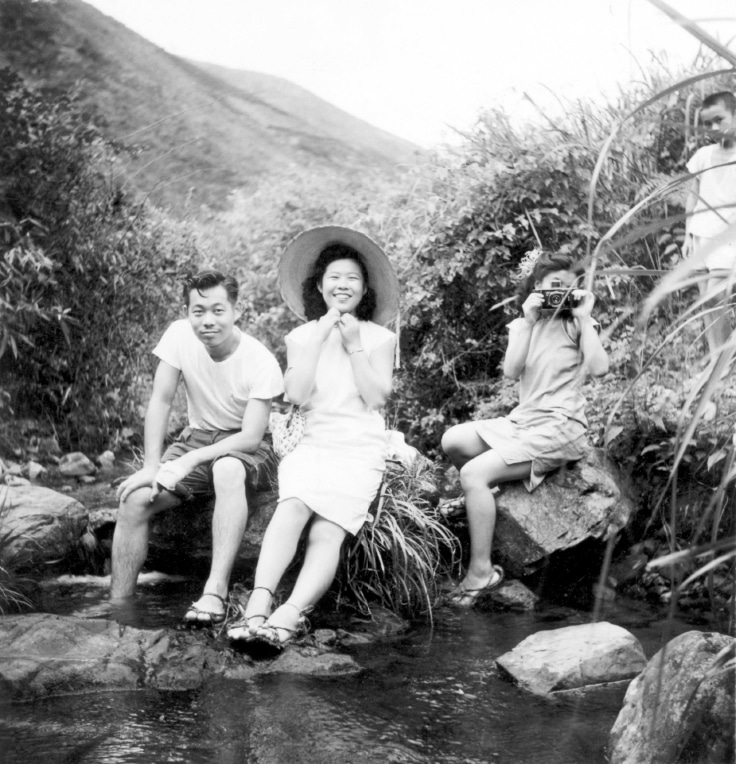
Zao Wou-Ki with his sisters in Hangzhou circa 1946. Rights reserved.
1941
During this time, he was very influenced by Cézanne, Matisse and Picasso, working from postcards his uncle brought back from Paris or reproductions published in American magazines including Life, Harper’s Bazaar and Vogue that he bought in bookshops of the French Concession.
1946
1947
After a solo exhibition in Shanghai, Zao Wou-Ki decided to move to Paris,
to further his artistic studies, with his father’s blessing.
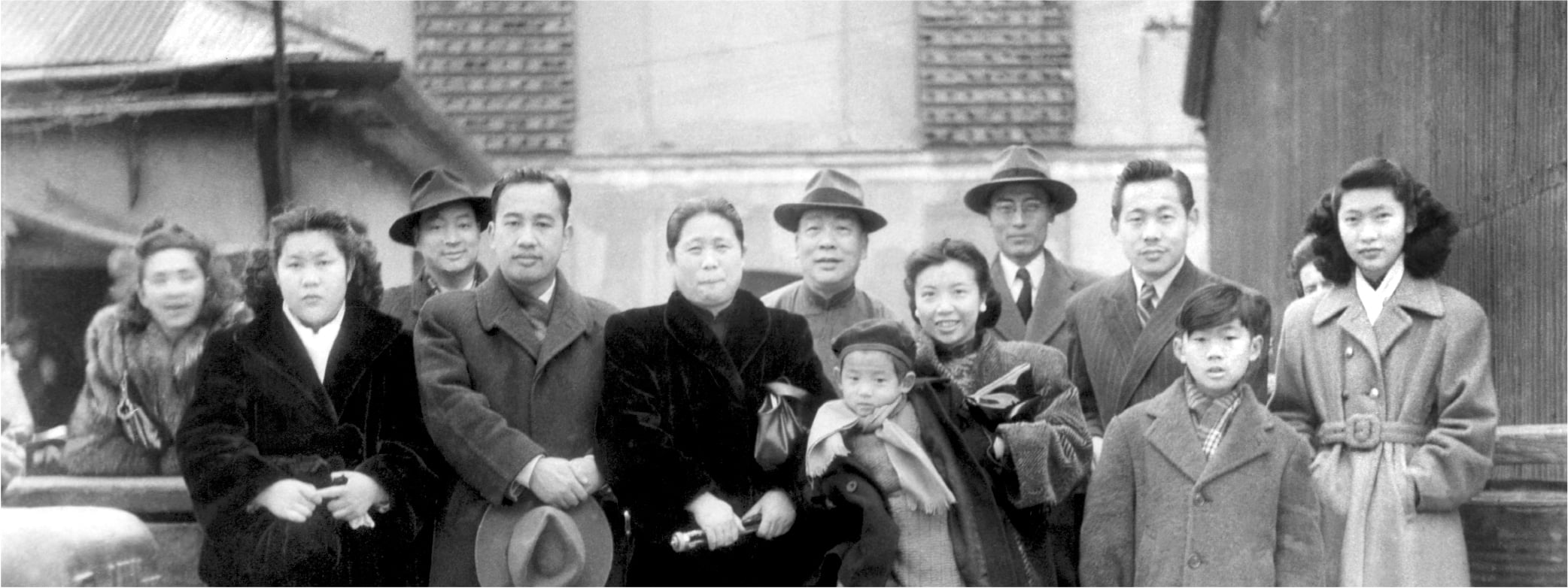
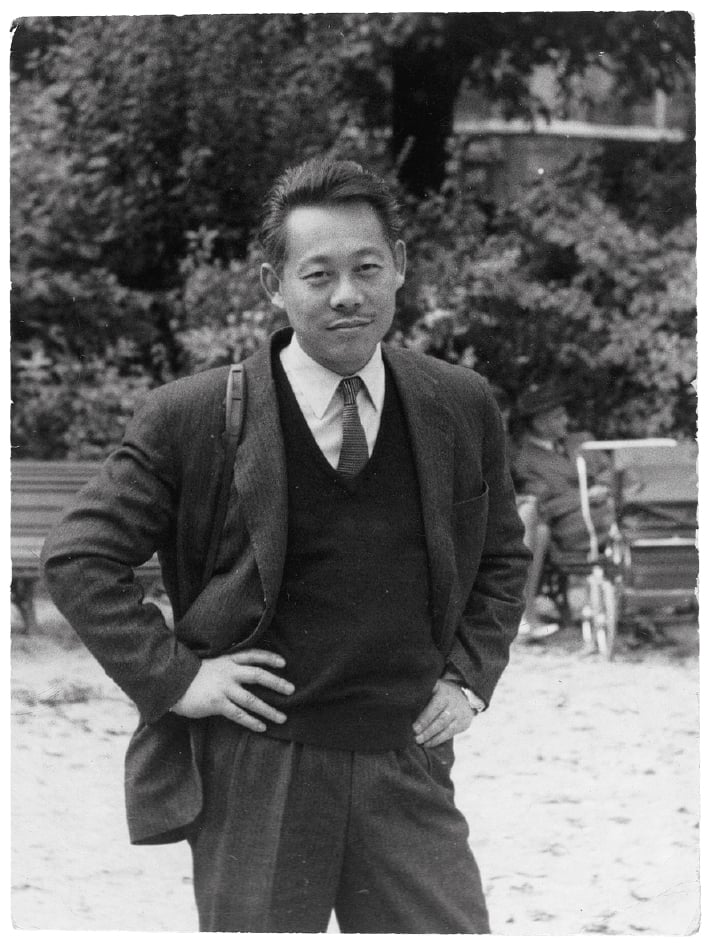
A first collector’s book, Lecture par Henri Michaux de huit lithographies de Zao Wou-Ki,
(Reading by Henri Michaux of Eight Lithograhs by Zao Wou-Ki), was published after Michaux was inspired to
write eight poems to accompany Zao Wou-Ki’s first lithographs without even meeting the artist.
It marked the start of a lifelong friendship.
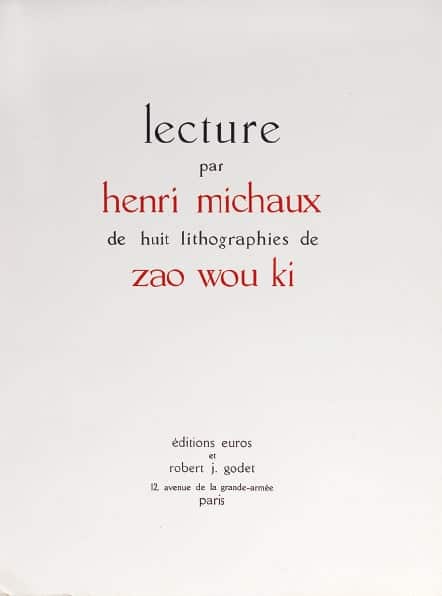
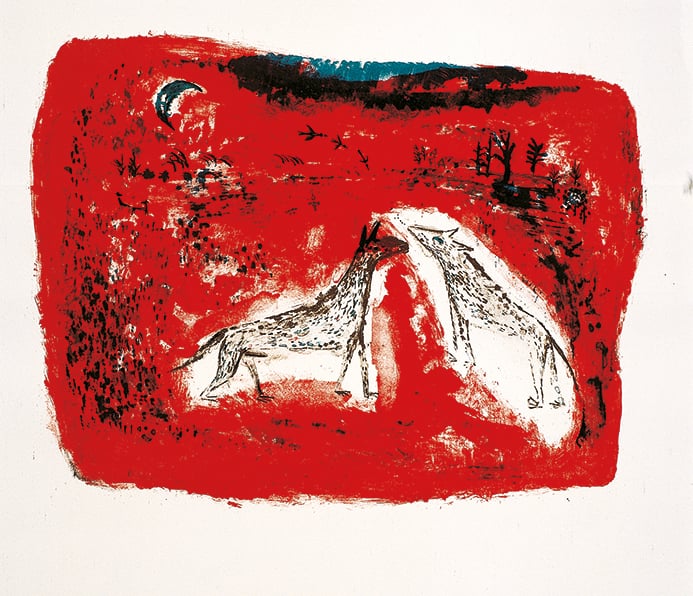
1951
Zao Wou-Ki met composer Edgar Varèse in Paris, while he was working on Déserts. They would become close friends.
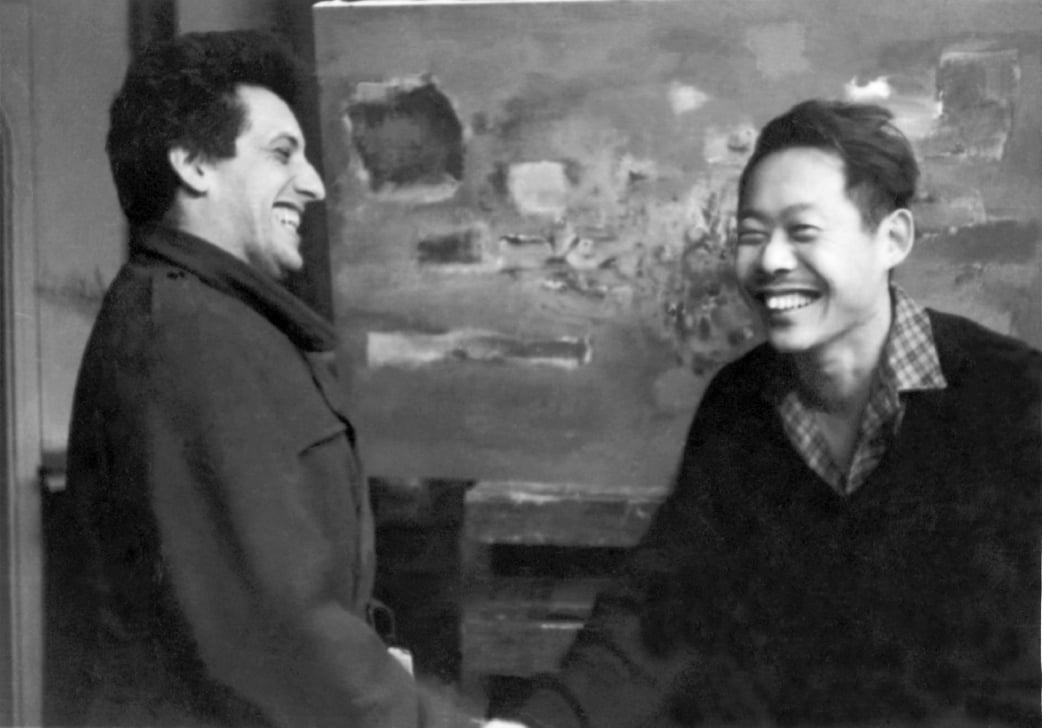
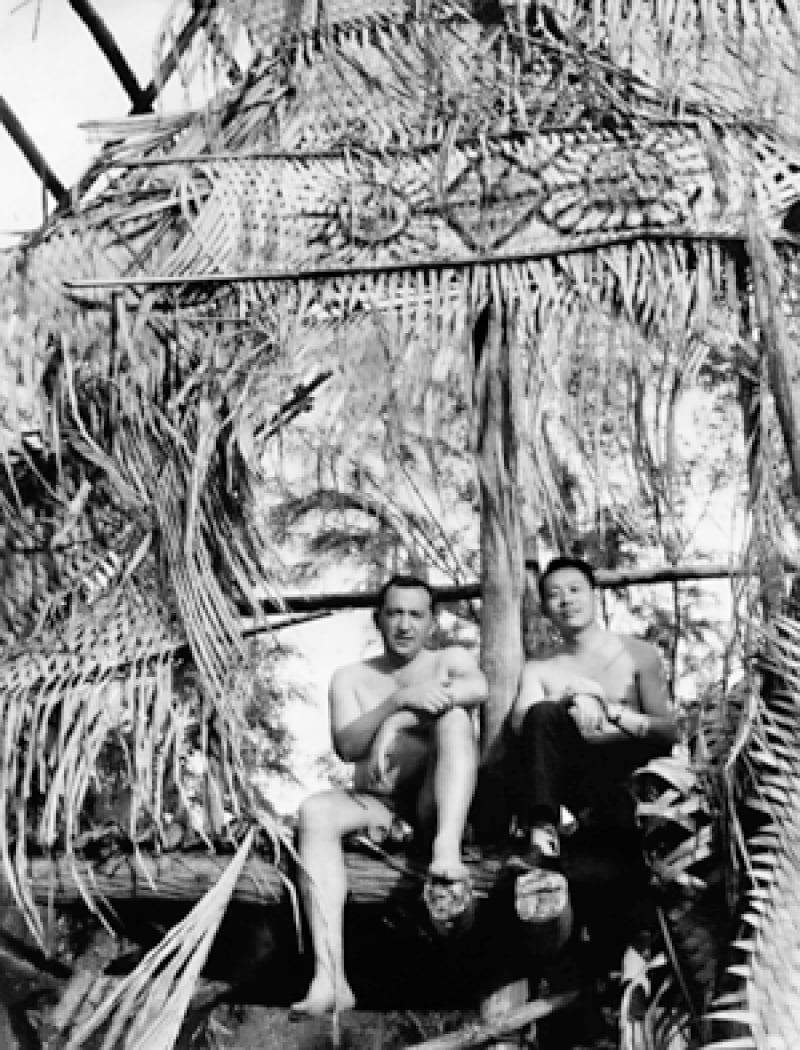
Zao Wou-Ki created four etchings for Les compagnons dans le jardin (The companions in the garden) by the poet René Char.
They would remain close friends until Char’s death in 1988.
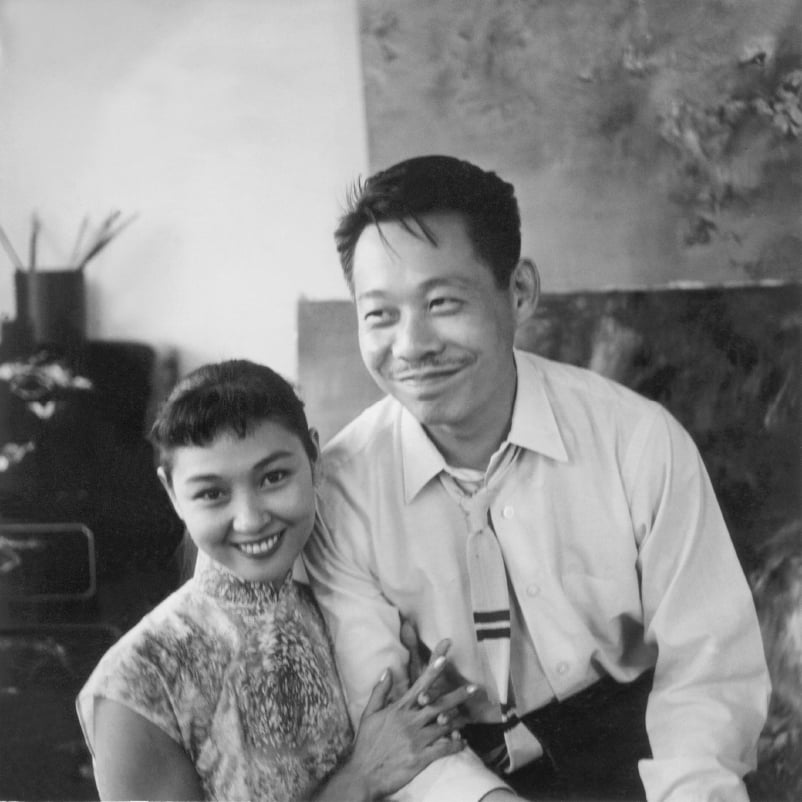
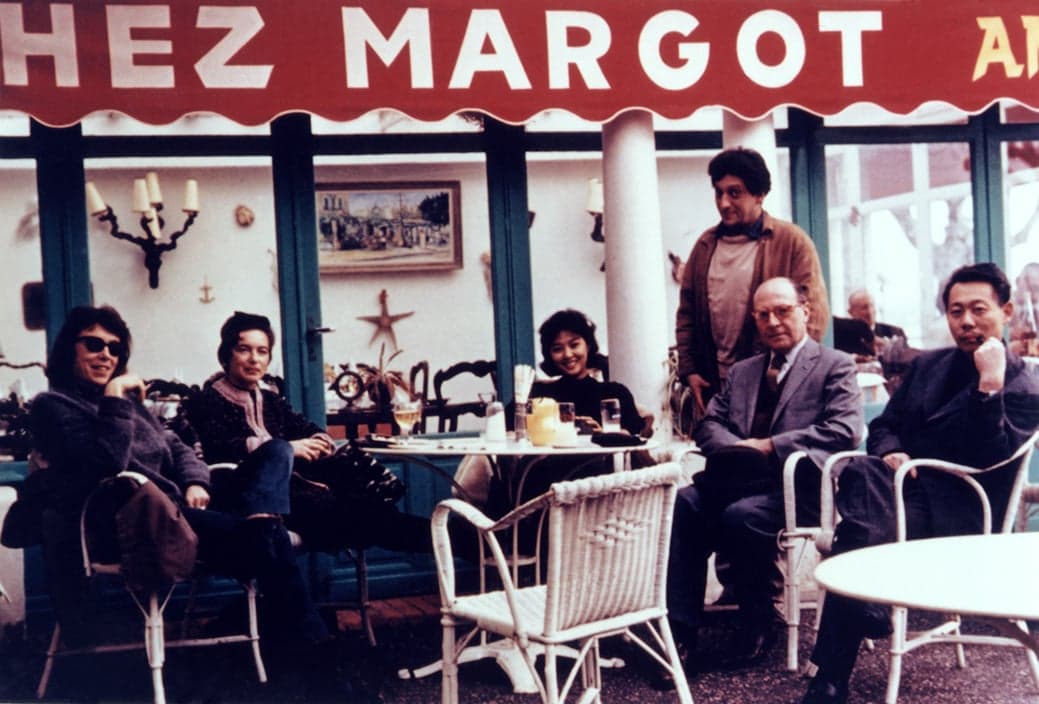
Jean-Paul Riopelle, Pierre Matisse and Zao Wou-Ki. Rights reserved.
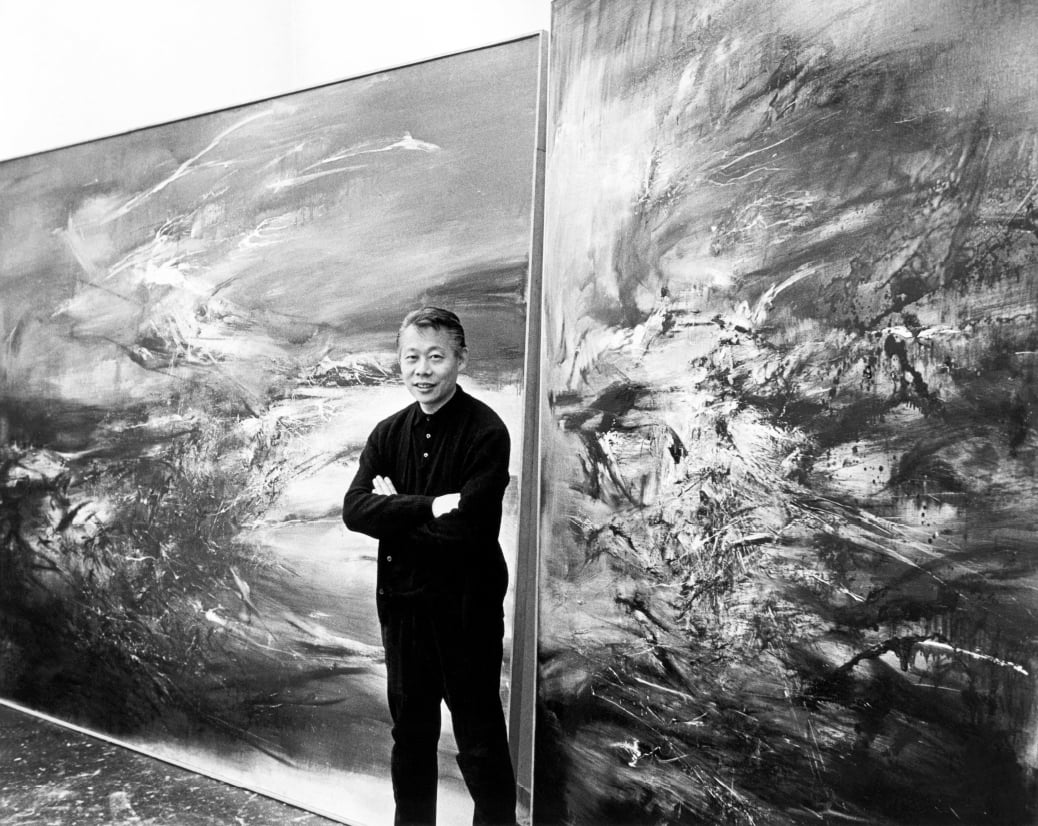
In his Paris studio with 29.09.64 and an early version of 21.09.64, around 1964. Photo Budd
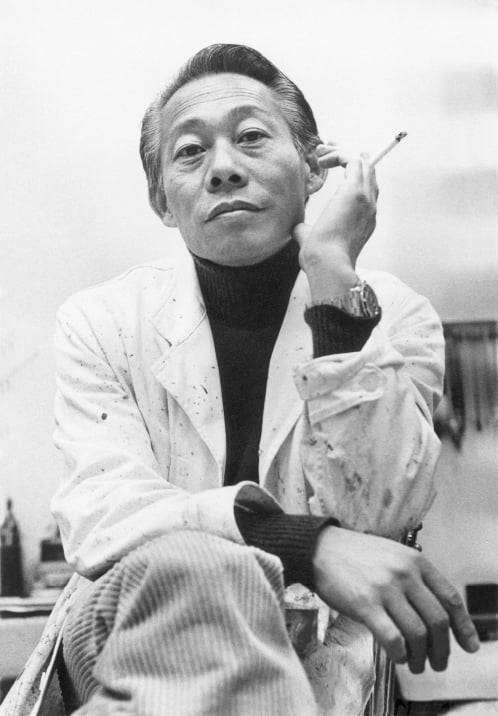
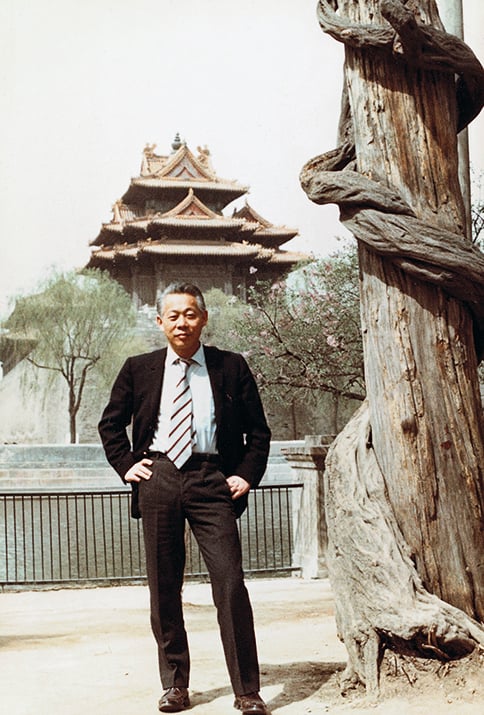
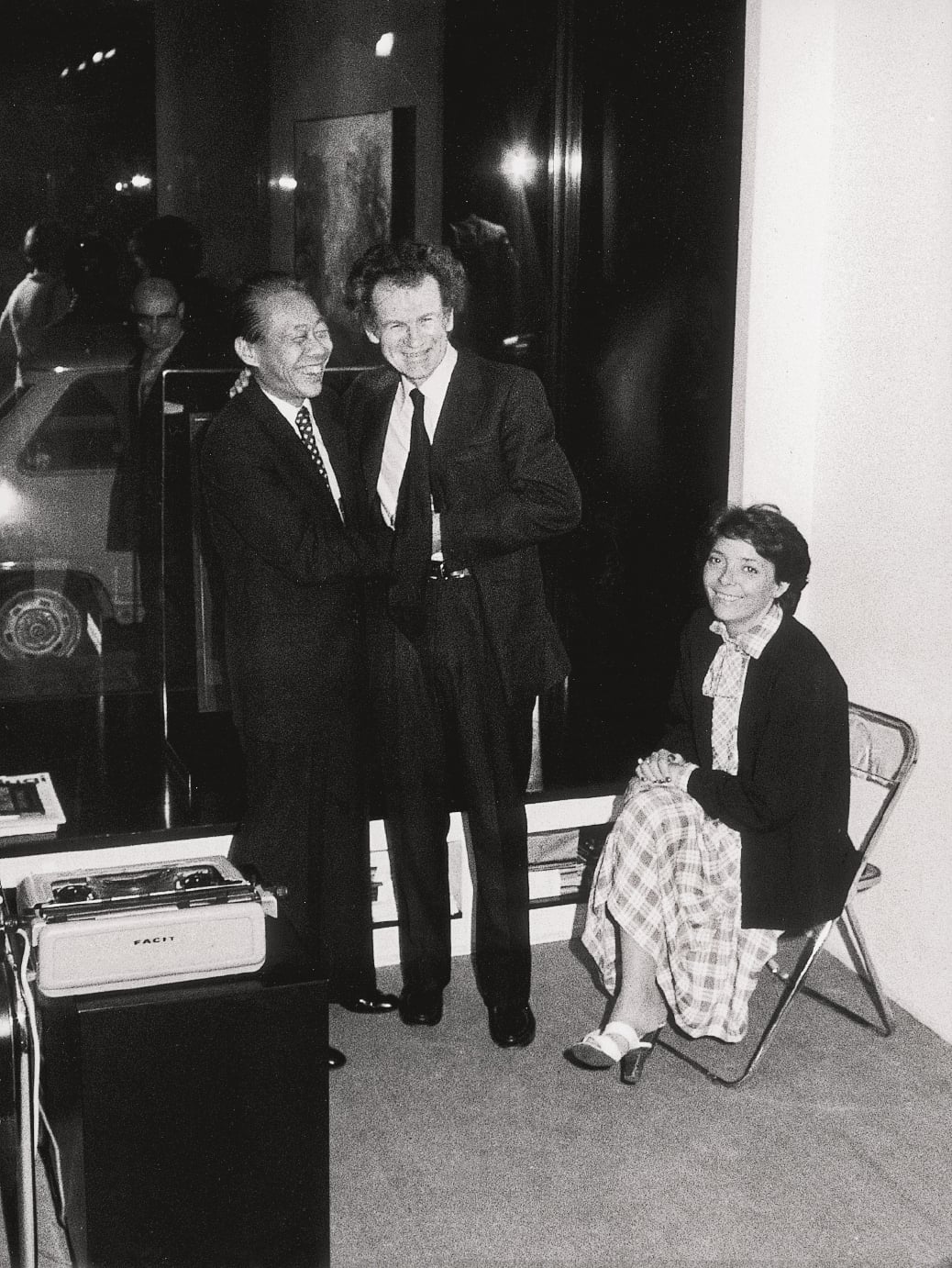
who the artist would marry the following year. Rights Reserved.
Fourteen paintings, most of them in large-scale, were shown at the Fuji Television Gallery in Tokyo, including Hommage à André Malraux (Homage to André Malraux) (200 x 525 cm).
Thanks to its director, Susumu Yamamoto, works entered several of the most important Japanese collections, including the Hakone Museum and the Ishibashi Foundation.
Zao Wou-Ki and Françoise Marquet married in July.
Zao Wou-Ki donated work to the Bibliothèque nationale de France, completing a series of etchings already kept by the Cabinet des Estampes. The donation was presented to the public the following year.
New York art dealer Pierre Matisse visited his studio and offered to show paintings and drawings at his gallery.
After not showing work in the city for 15 years, the project was of major importance for Zao Wou-Ki.
at the École Nationale Supérieure des Arts Décoratifs.
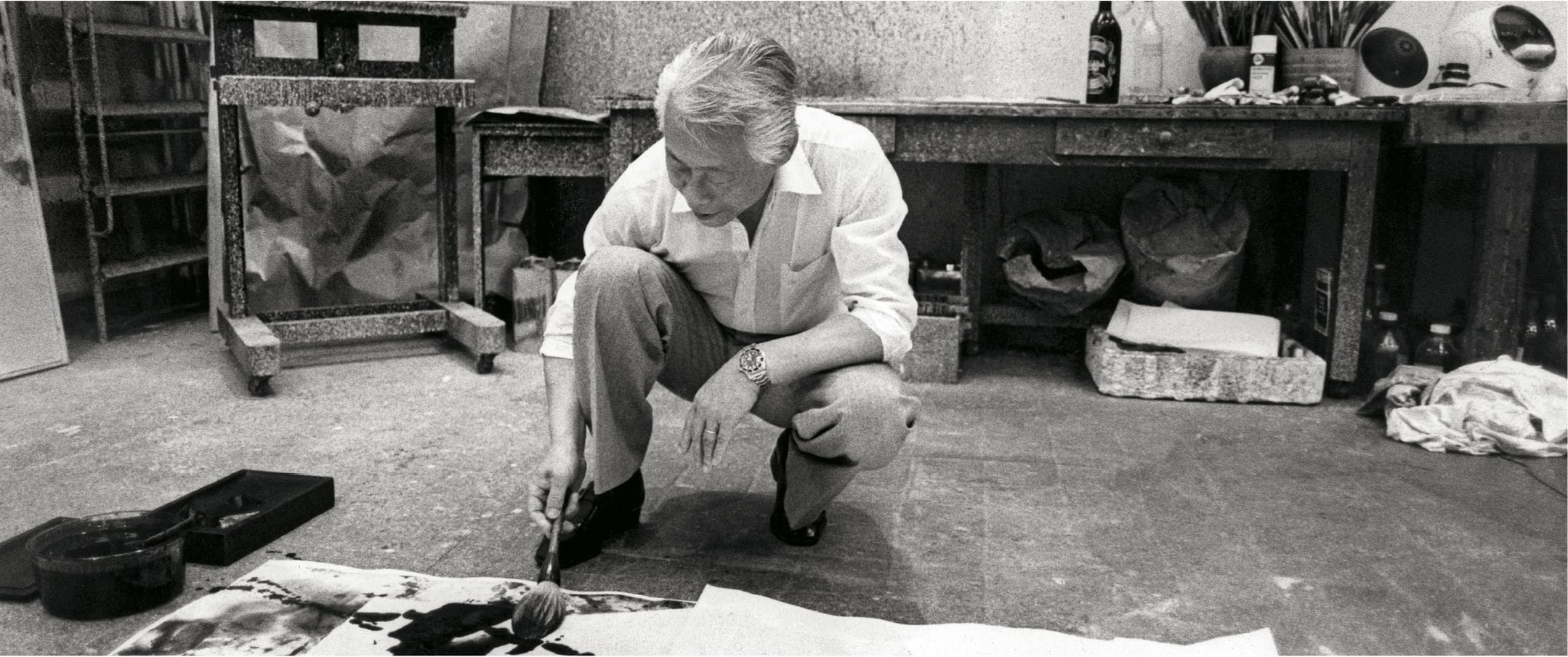
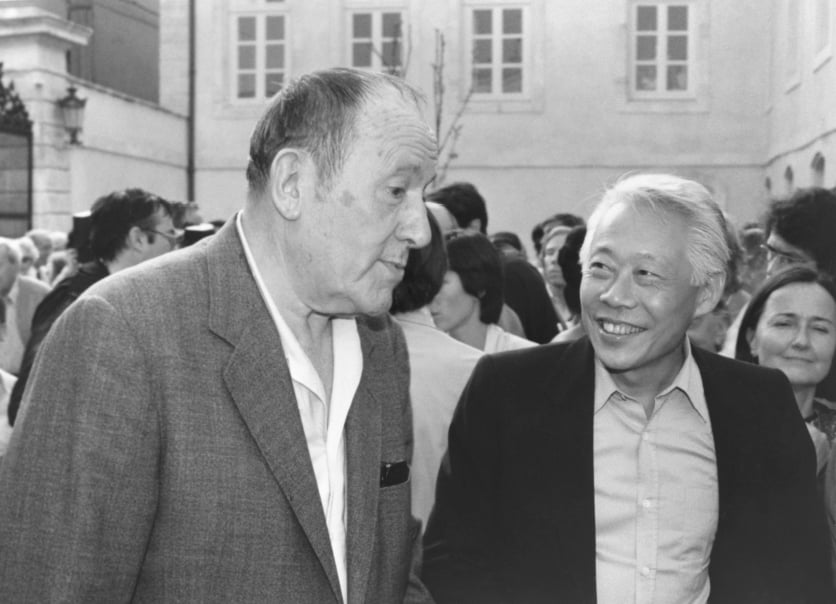
Maison René Char à l’Isle-sur-la-Sorgue, 1982. Photo Françoise Marquet
The show then traveled to seven museums in Japan, Hong Kong and Singapore.
During the trip, he had dinner with the great Chinese painter Zhang Daqian a few months before his death.
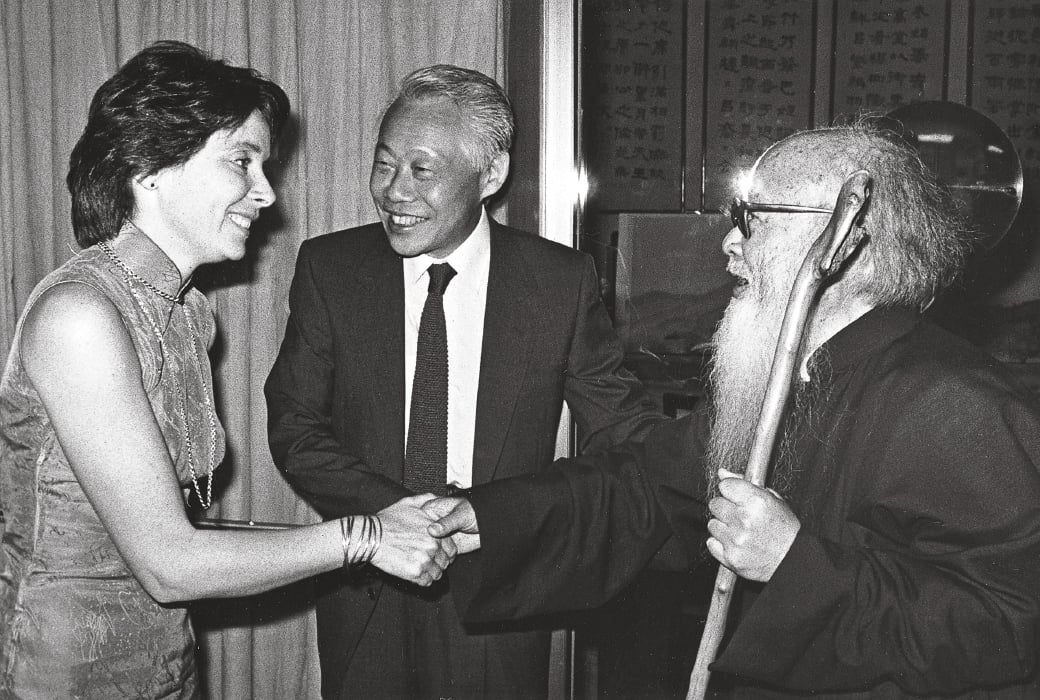
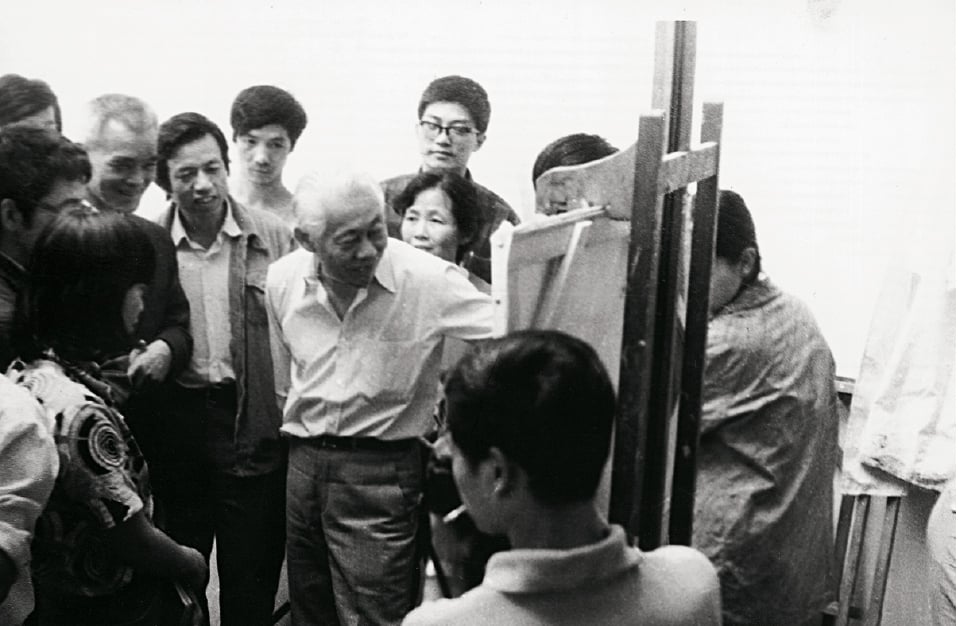
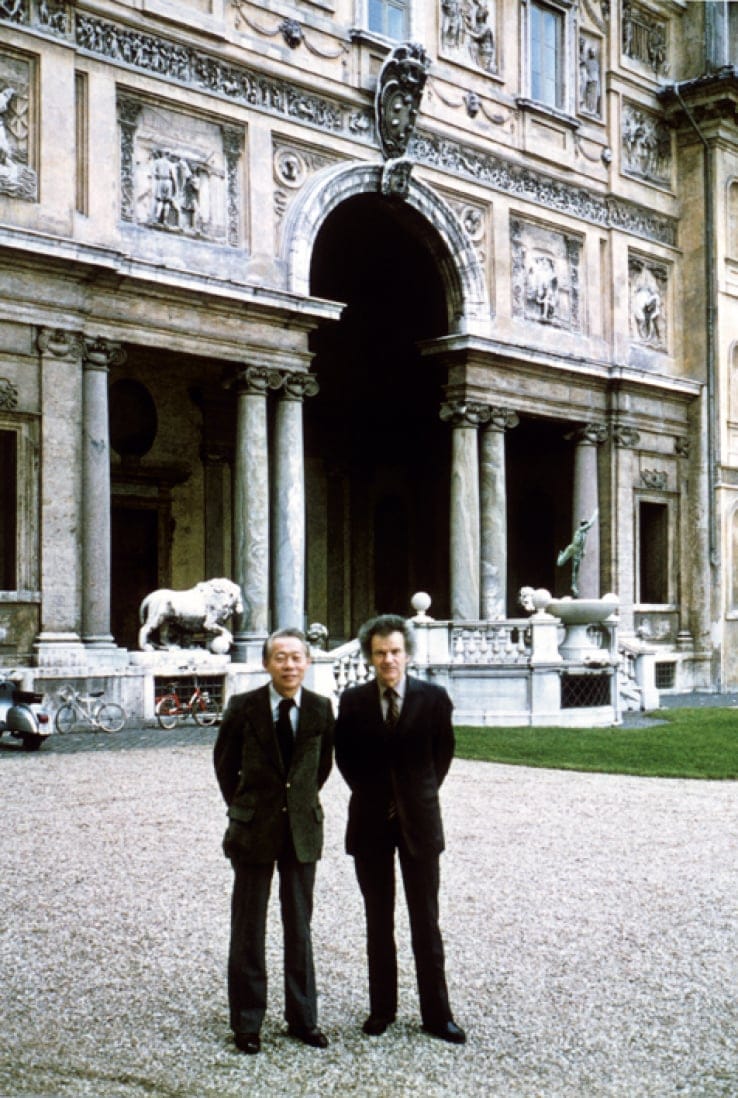
and the Calouste Gulbenkian Foundation in Lisbon.
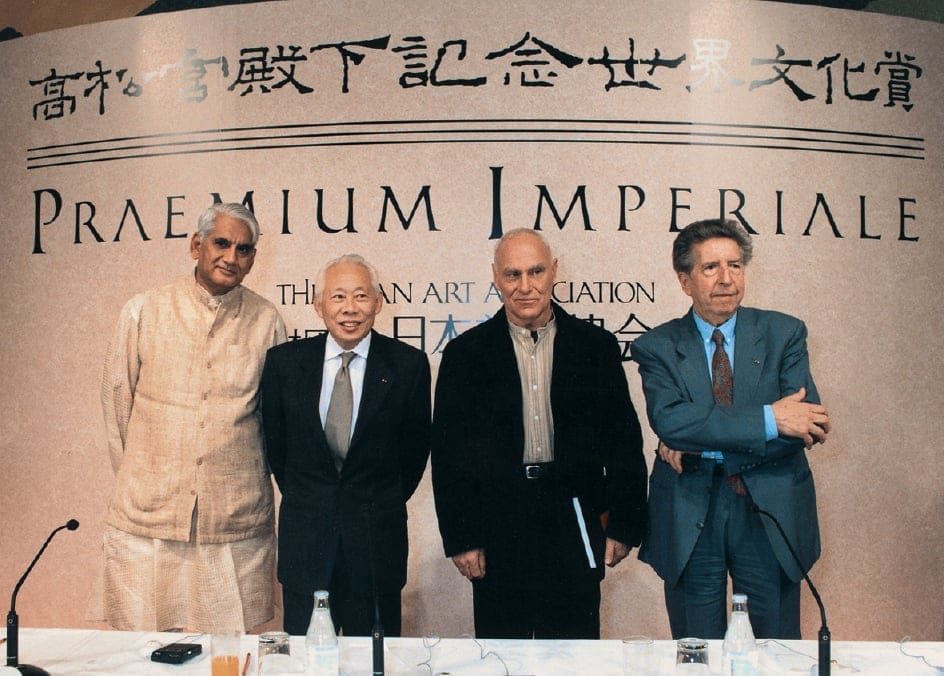
Zao Wou-Ki (painting), Richard Serra (sculpture) and Henri Dutilleux (music). Rights reserved.


His work was included in the contemporary section of the major exhibition Chine, la gloire des empereurs,
at the Petit Palais, Musée des Beaux-Arts de la Ville de Paris.
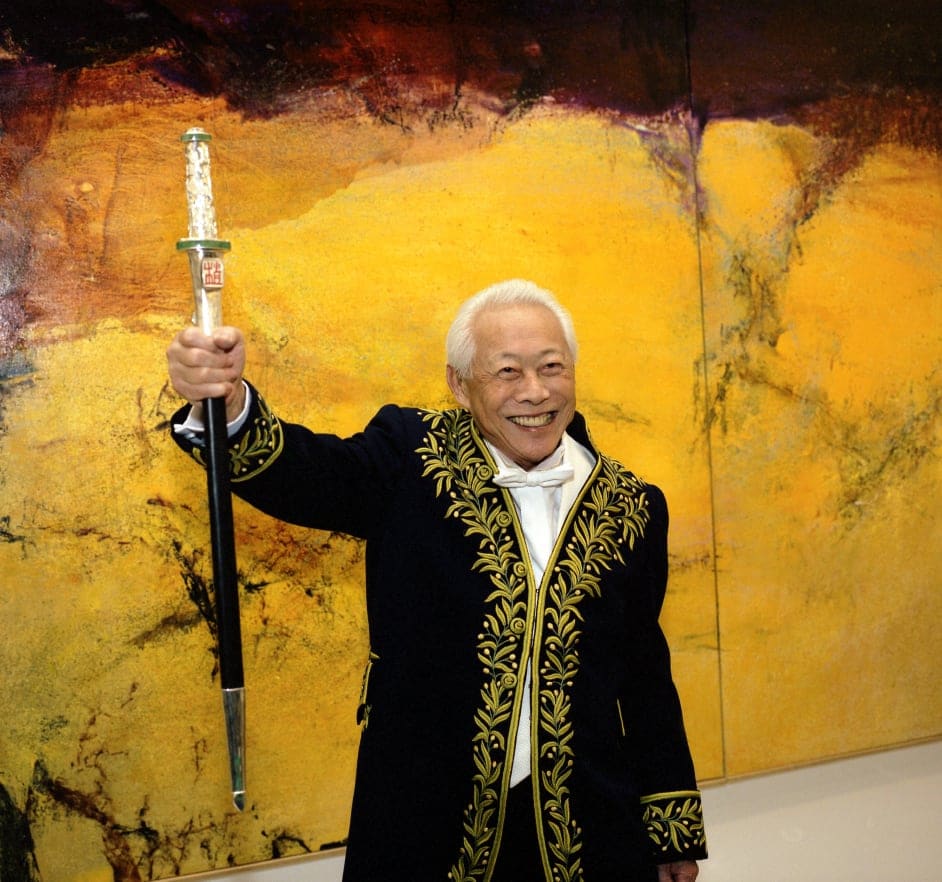
At the Galerie nationale du Jeu de Paume in front of his triptych Mai-septembre 89 during
the presentation of his ceremonial sword for the Académie des Beaux-Arts, November 26, 2003.
Photo Dennis Bouchard
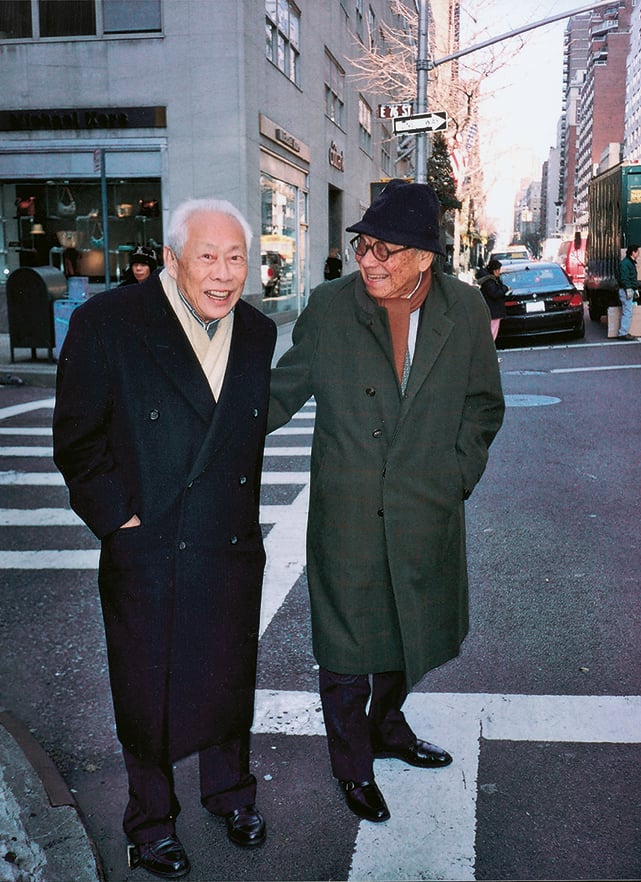
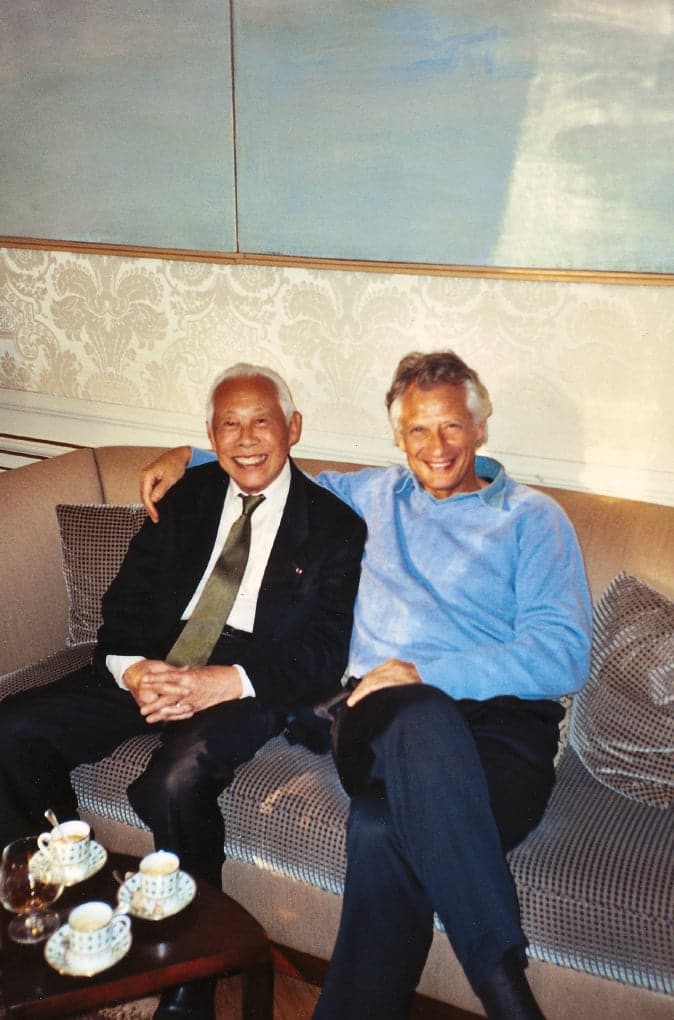
With Dominique de Villepin at Hôtel Matignon, 2005. Rights reserved.
I.M. Pei inaugurated the new Suzhou Museum in the city of Suzhou, China, with Black & White Dream, a presentation of Zao Wou-Ki’s work.
Zao Wou-Ki was made a Grand Officier de l’Ordre de la Légion d’honneur by President Jacques Chirac.
Zao Wou-Ki completed two series of original vases for the Manufacture nationale de Sèvres.
The wide-ranging retrospective of his work by the Bibliothèque Nationale de France in Paris traveled to the Suzhou Museum in China.
Exhibition at the Musée de l’Hospice Saint-Roch in Issoudun.
He decided to stop working with oil paints.
300 reproductions and an updated selection of texts written about Zao Wou-Ki’s work.
2010
The triptych Hommage à Claude Monet (1991) was presented in the Pavillon France at the World Fair in Shanghai, together with a selection of masterpieces from the Musée d’Orsay.
2011
2012
Exhibition of recent watercolors alongside the triptych Hommage à Claude Monet at the Musée des Beaux-Arts de Rouen.
2013
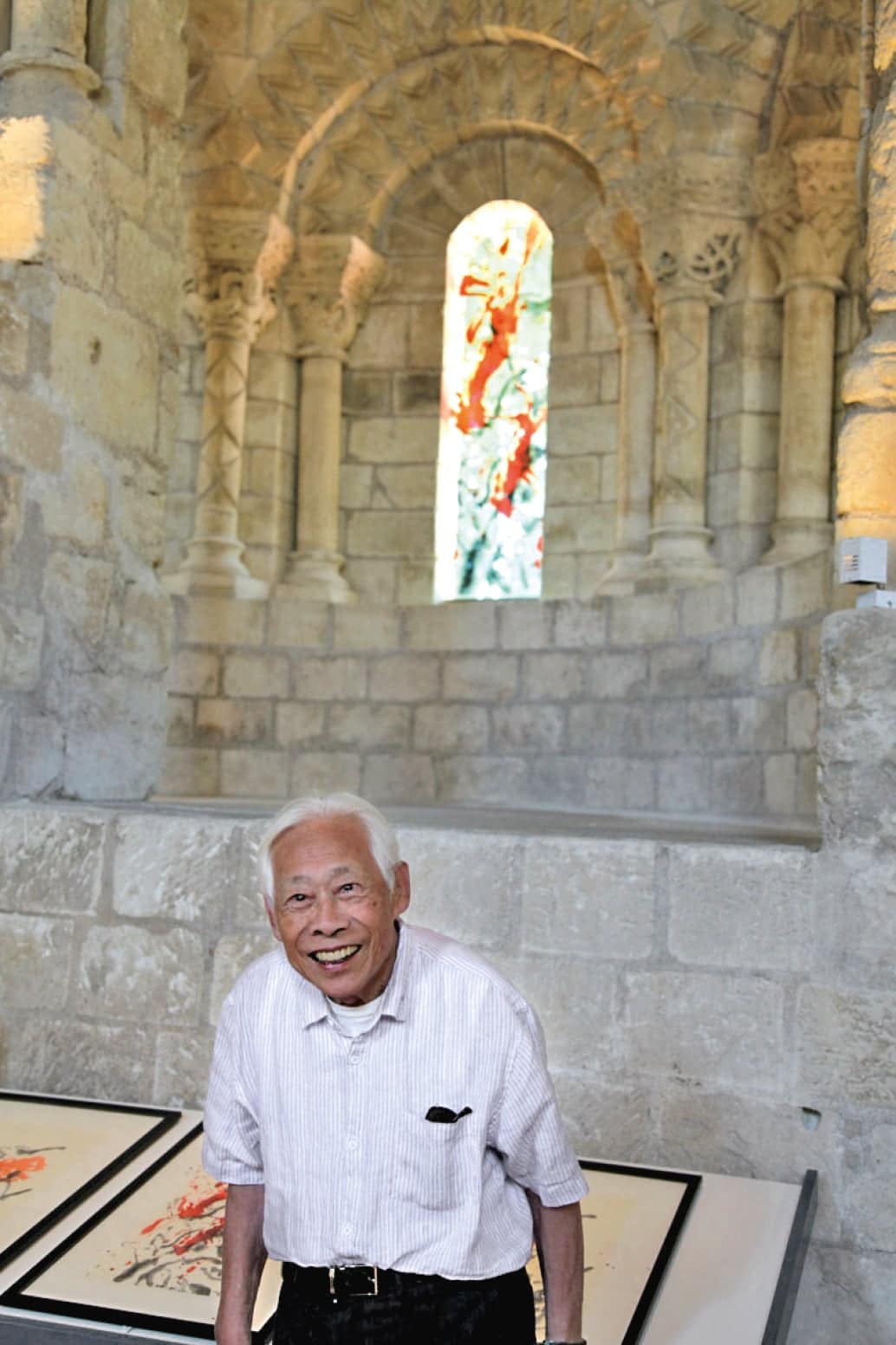
Photo Philippe Koutouzis
